Each year’s Orchid Show at the Chicago Botanic Garden features something new and dynamic—and each year, the Lenhardt Library’s Orchid Show exhibition showcases something rare and dynamic.
Free Talk on Sunday, February 26, at 2 p.m.
This year’s exhibition, Orchidpalooza: Illustrated Orchid Varieties, features five unsigned, untitled, and unnumbered artist proofs that are attributed to English landscape artist Henry Moon (1857-1905). The proofs were most likely intended for a third series of a collection called Reichenbachia: Orchids Illustrated and Described, commissioned by Frederick Sander (1847-1920). Moon was Sander’s son-in-law and was responsible for the 192 chromolithographs published in the monumental two-volume work. This work is considered Sander’s homage to Heinrich Gustav Reichenbach (1824-90), the “Orchid King” who succeeded John Lindley (1799-1865), the “Father of Orchidology,” as the leading orchid authority of the late 1800s.
See Orchidpalooza: Illustrated Orchid Varieties through March 26, 2017
Never before exhibited in the Lenhardt Library, the five botanically accurate orchid chromolithographs include color bars from eight to twelve colors, registration marks, and scientific names penciled in the margins or on the verso.
Want to see more? With grant funding from the National Endowment for the Humanities, these prints have been conserved and digitized and are freely accessible at the Biodiversity Heritage Library: www.biodiversitylibrary.org/bibliography/123710#/summary
See the Orchid Show through March 26. Buy tickets here.
©2017 Chicago Botanic Garden and my.chicagobotanic.org
Any views, findings, conclusions, or recommendations expressed in this blog do not necessarily reflect those of the National Endowment for the Humanities.

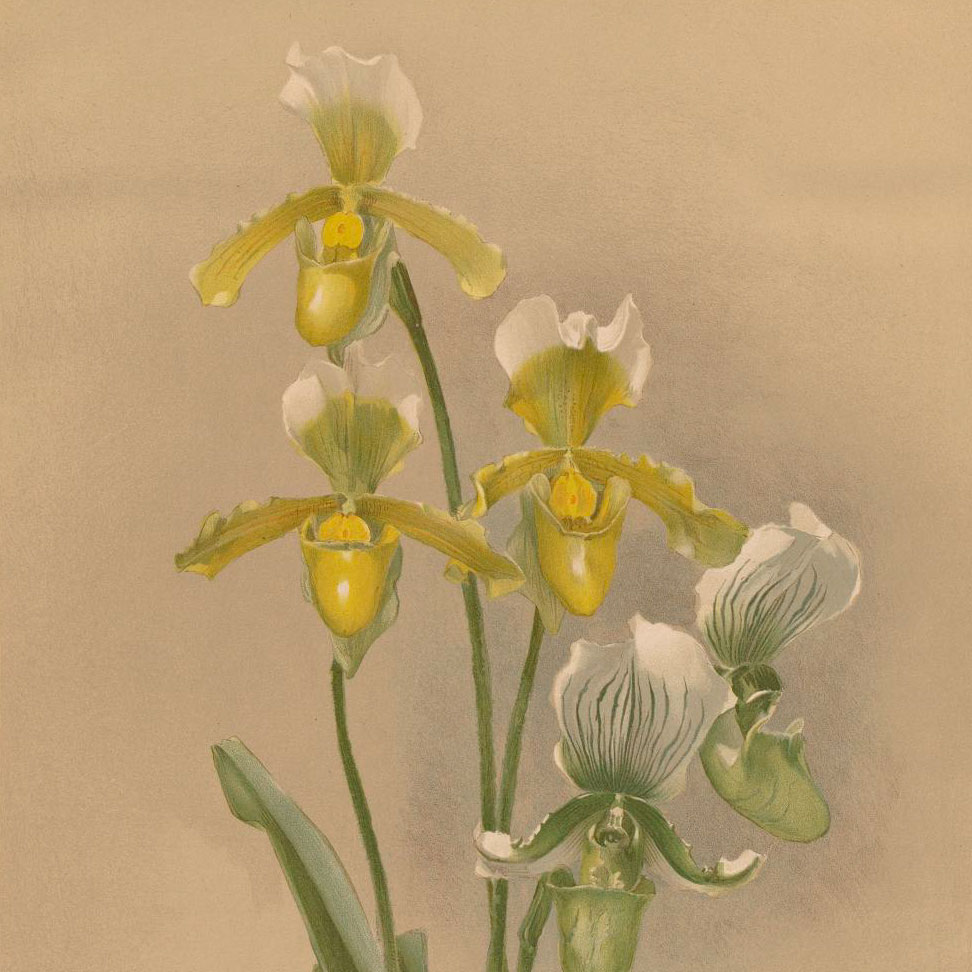
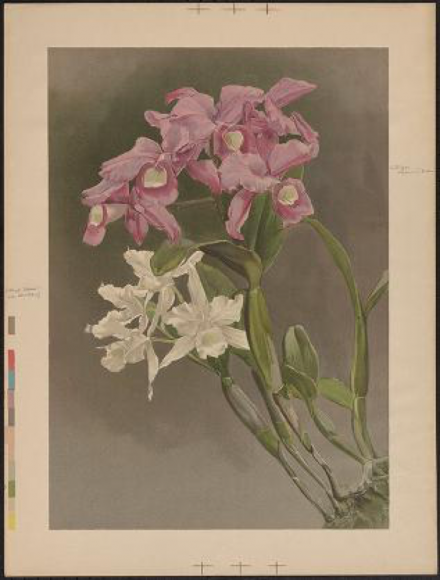
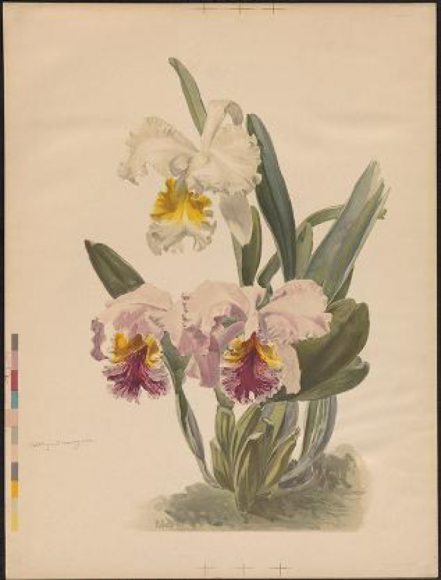
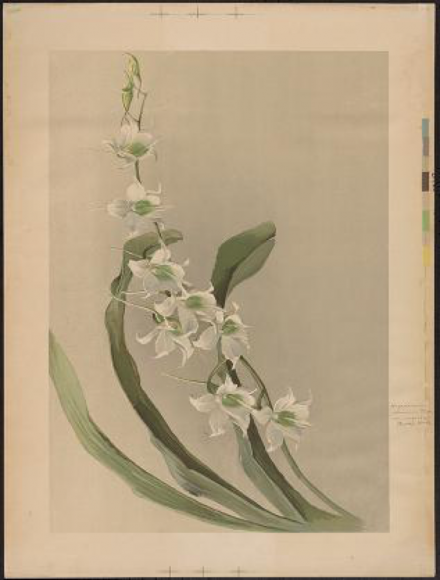
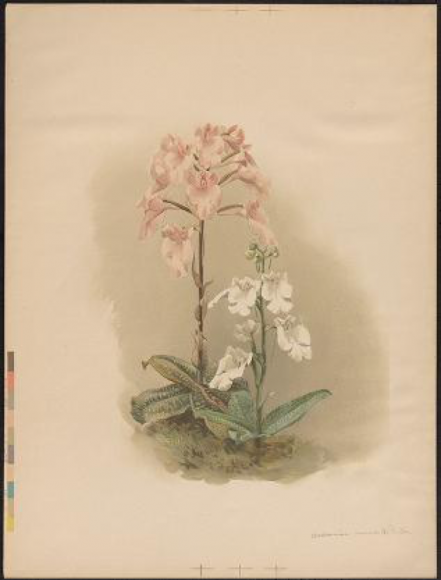
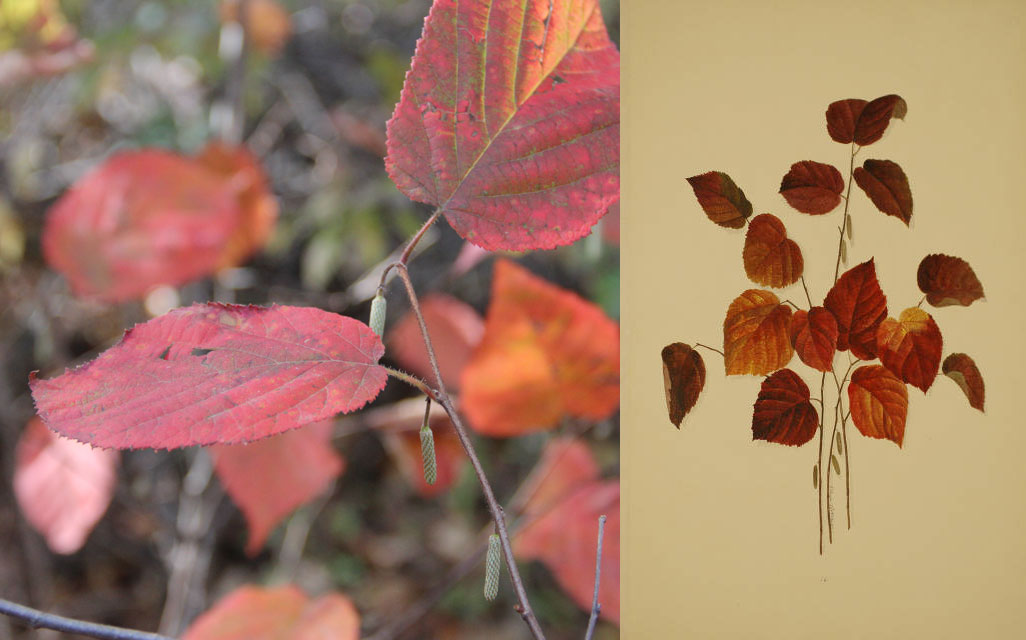
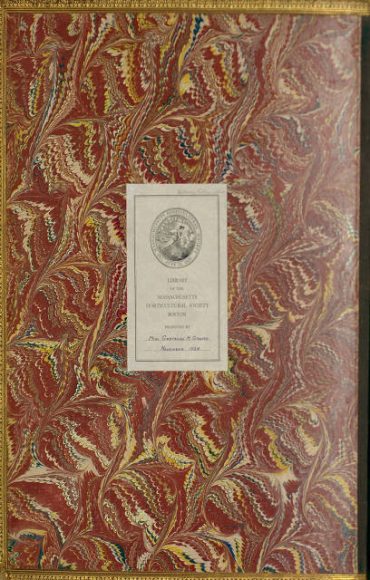
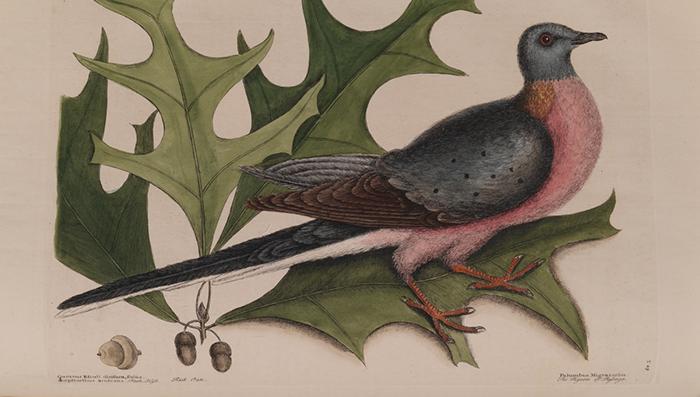

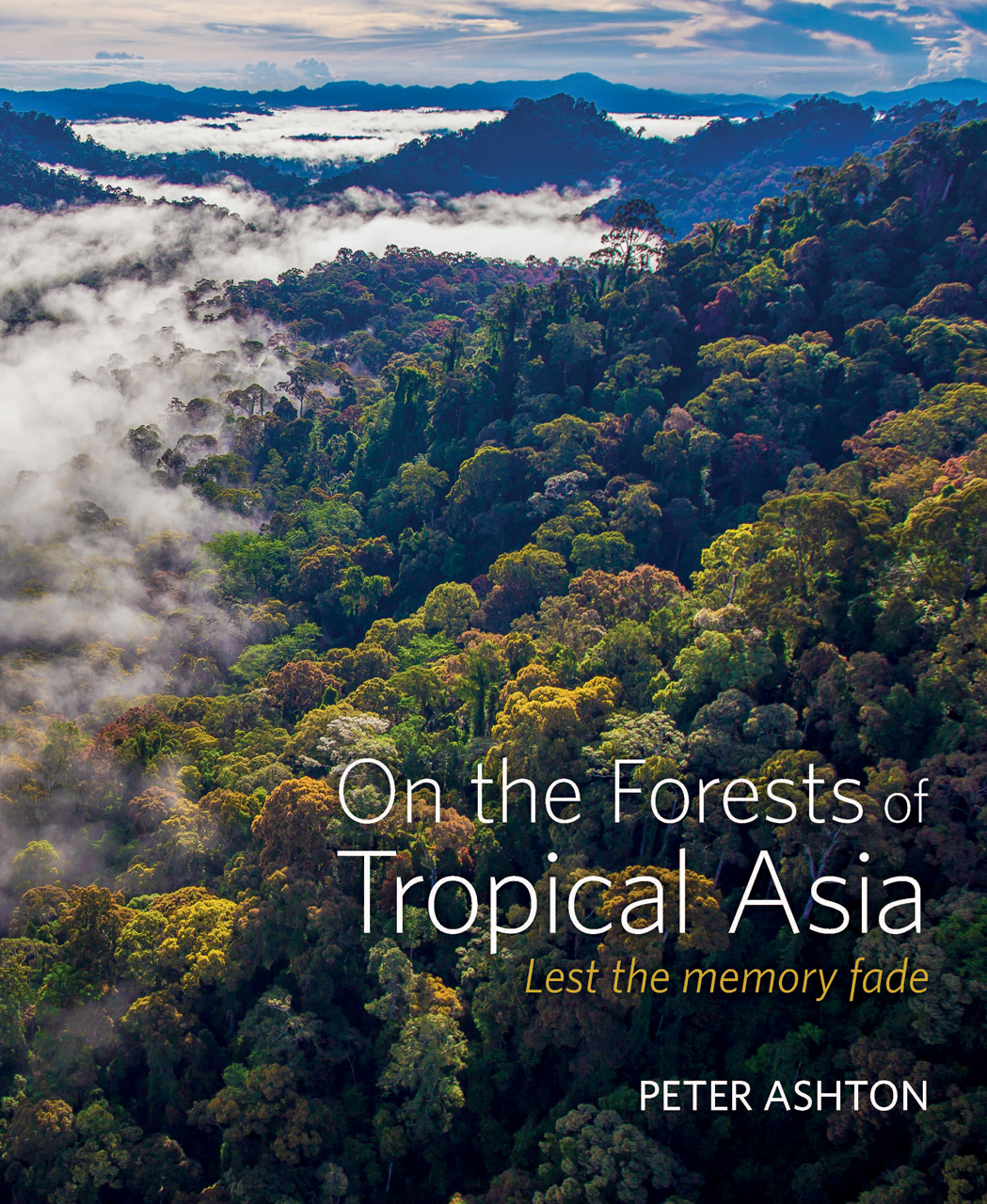


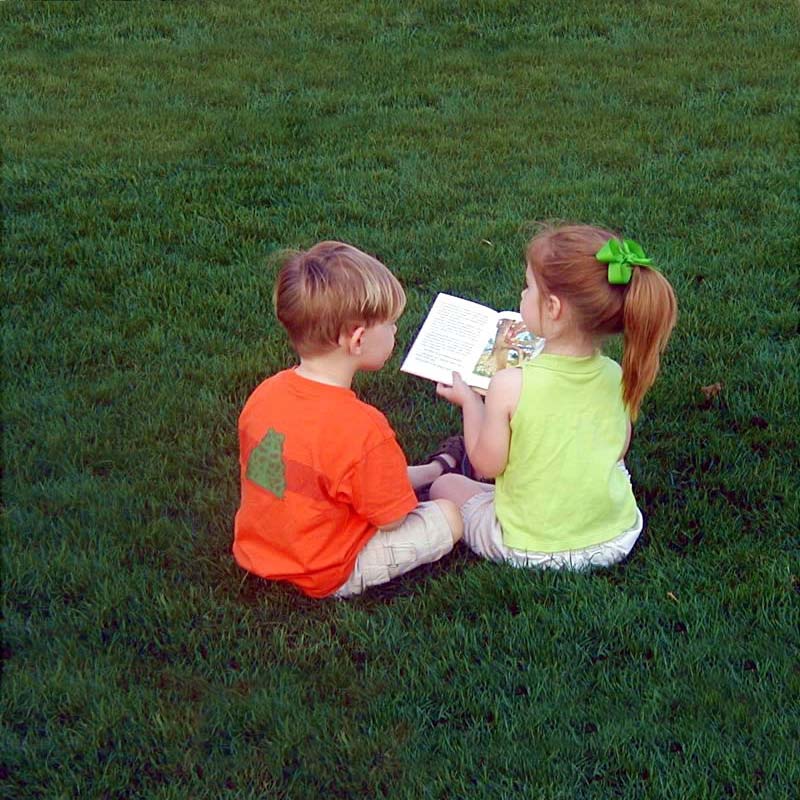
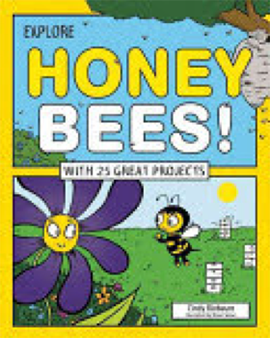
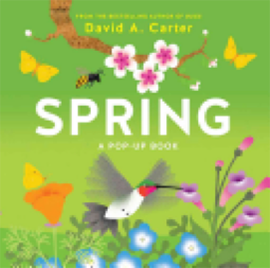
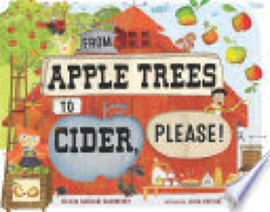
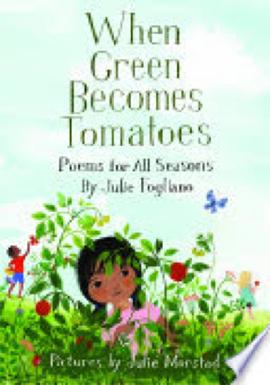

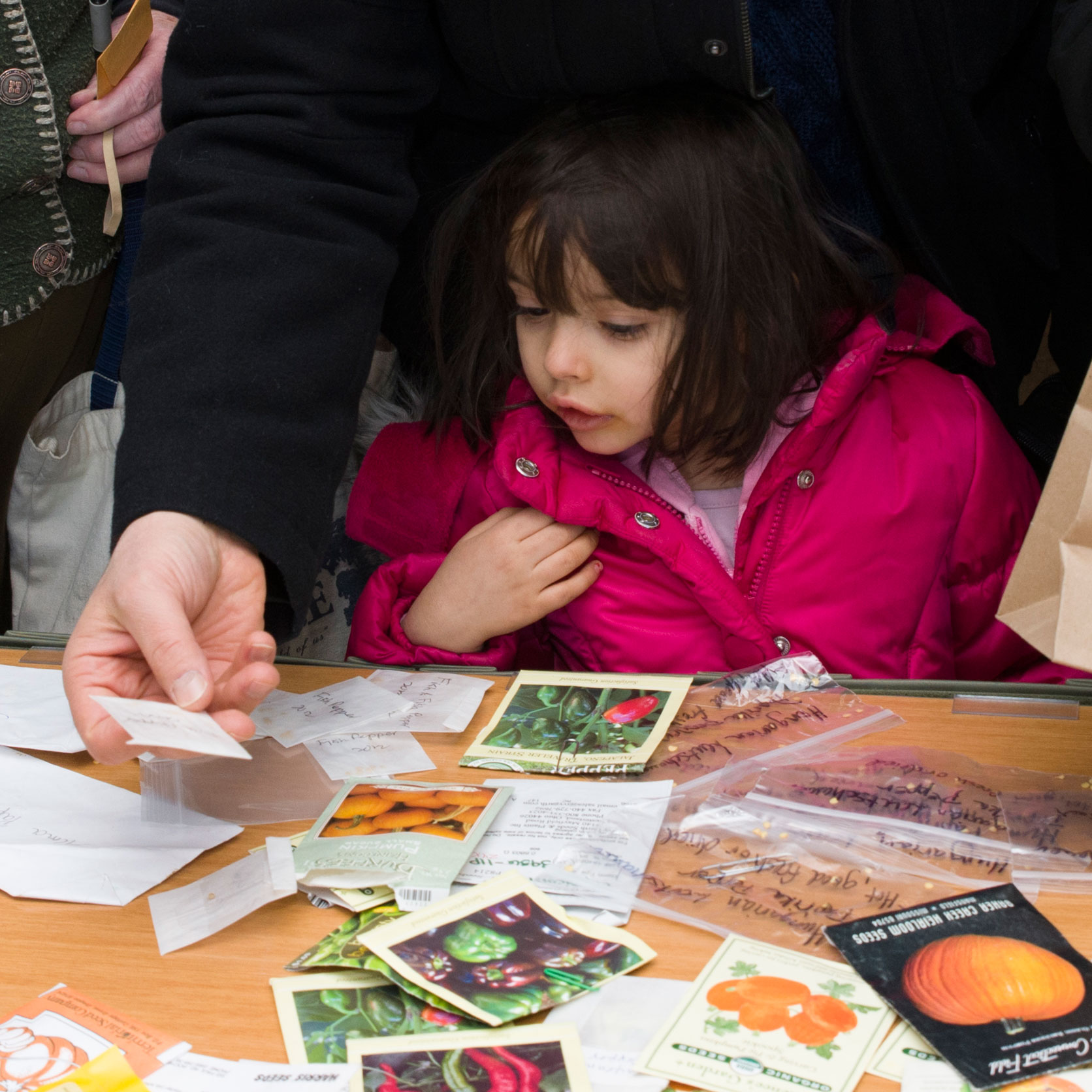
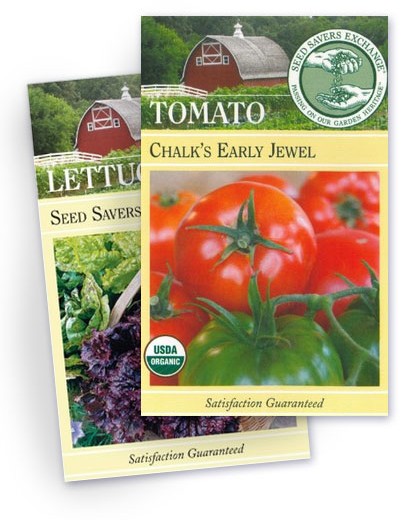
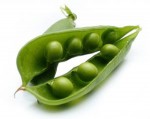 Get more tips for starting seed in our
Get more tips for starting seed in our